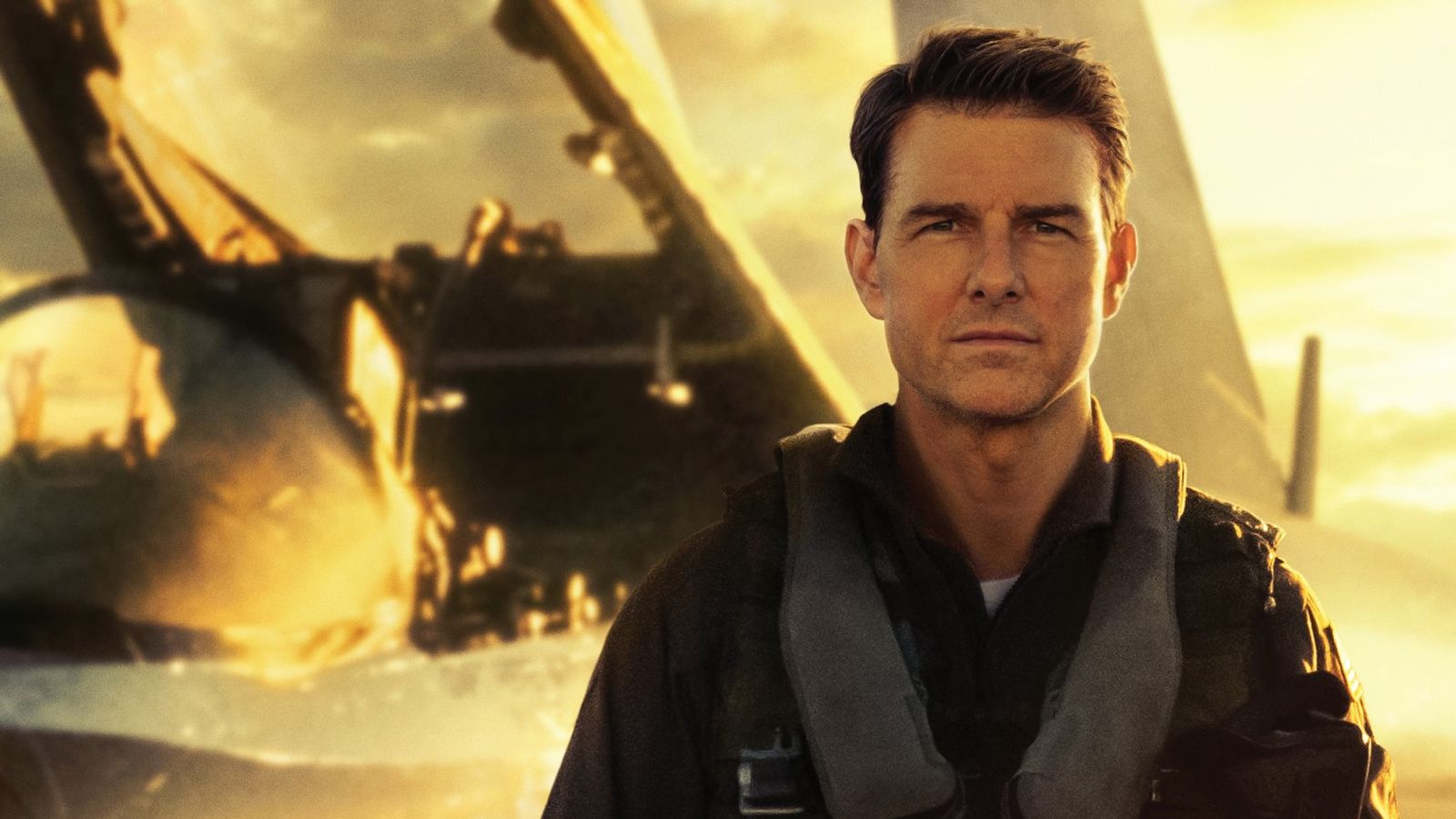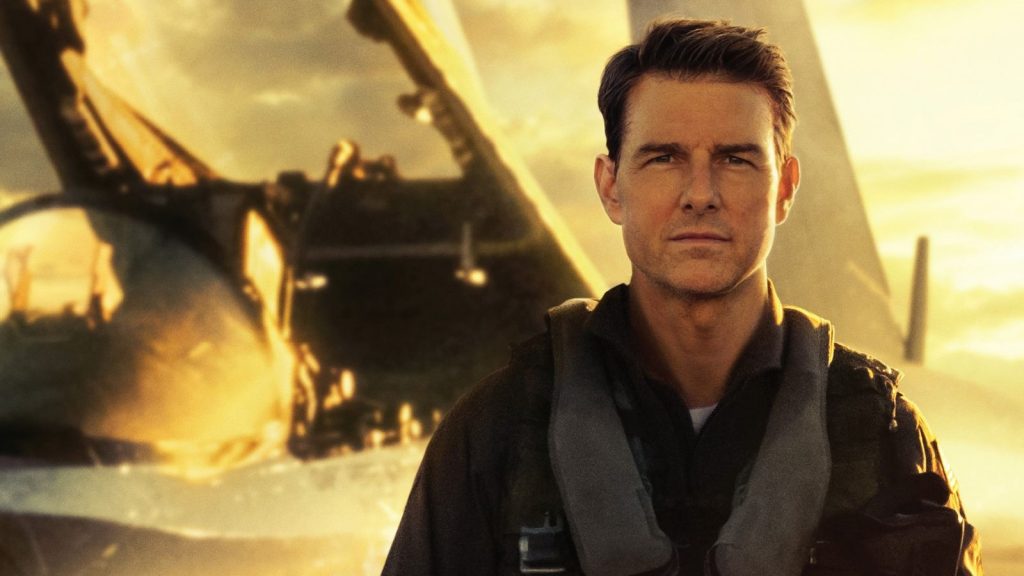

Everyone once in a while I am frankly bewildered by the general reception of a movie. Top Gun: Maverick is one of those times.
Currently sitting plump and glossy with a 97% on Rotten Tomatoes, you would be right to interpret this as a forecast for a great film. From what I saw at the cinema, though, you would be closer to the mark to anticipate a show that is barely even good.
A great film should leave us with an insight into something that truly matters. Or at least make its case with a consummate execution of conviction and artistry.
A good film ought to show us something that sort of matters, or at least leave a lasting impression in the way it represents its subject.
The original Top Gun is a good movie. It may not disclose anything much about life, the world, or the human experience that rises to the level of ultimate consequence, but it does, in its chosen arena, makes a memorably stylish case for values like excellence, commitment, and steely nerves in the face of adversity.
But if its successor of some thirty-six years echoes any of the style, it does so rather like microwaved pizza resembles what was delivered in the box several nights before: there are really obvious continuities, but whatever freshness danced under the surface of the previous experience has given way to a purely functional, strangely rubber-edged simulacrum.
To put it another way, the titles of the two films would be much more fitting were they reversed: the sequel is essentially the same movie, only with most of the risk removed.
All this to say, fans of the first movie who are really only looking for some slow-release nostalgia will probably find exactly what they are looking for. Most of the entire purpose of two-thirds of the latest release, it seems, aims to remind us of what we watched last time: screenshots of previous action, revisitations of old sets, gently modified but otherwise identical dramatic moments, etc.
In fact, it would be (mildly) interesting to run the two features side by side and track what percentage of scenes are variations on a theme, but in essence exactly the same, beat for beat.
For example, early on in the original Tom Cruise tries unsuccessfully to pick up a woman at a bar, only to slump in his seat the next day at flight school orientation when she turns out to be the instructor. In the new film, Tom Cruise flirts with a woman at a bar, gets physically picked up and tossed out on his ear by some younger pilots, who, the next day, slump in their seats when he turns out to be their instructor.
Instead of the famous shirtless beach volleyball scene, there is a shirtless beach football game. An engine fire flickers out at a critical moment in training. Et cetera, et cetera.
If I had to guess, I would number these kind of gently modified, adequately clever rehashes as making up about eighty percent of the script.
So, sure, there’s striking footage of folks flying airplanes. Of course, everyone looks great while doing it. Granted, it feels good to see some of the old gang again.
But it was honestly more interesting the first time.
